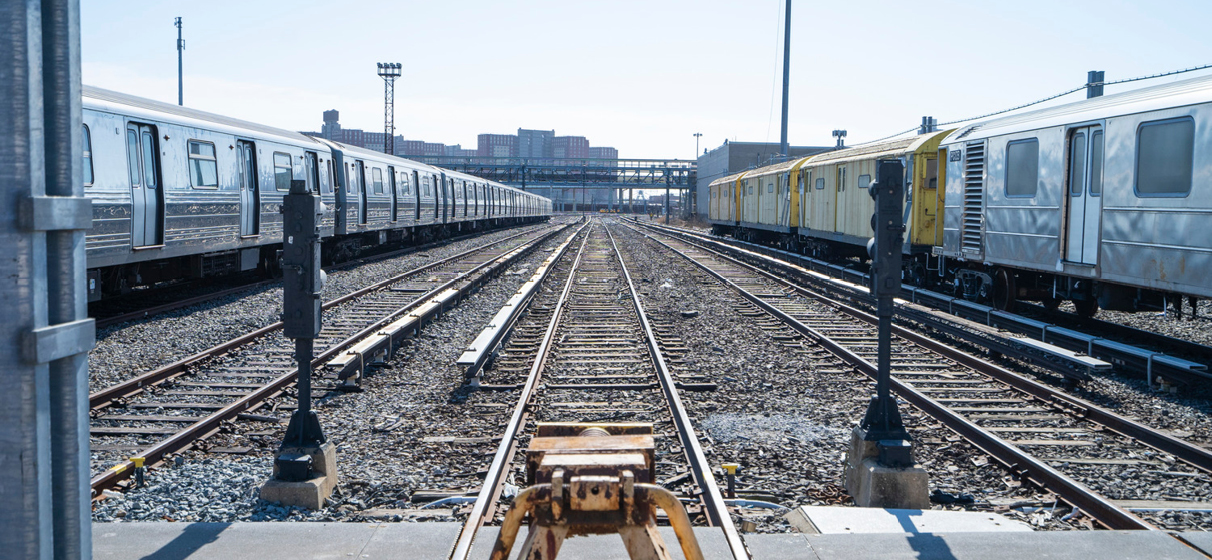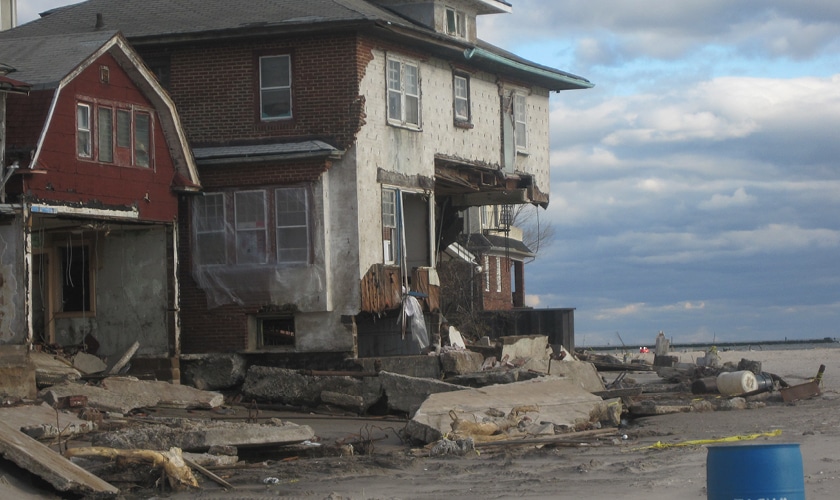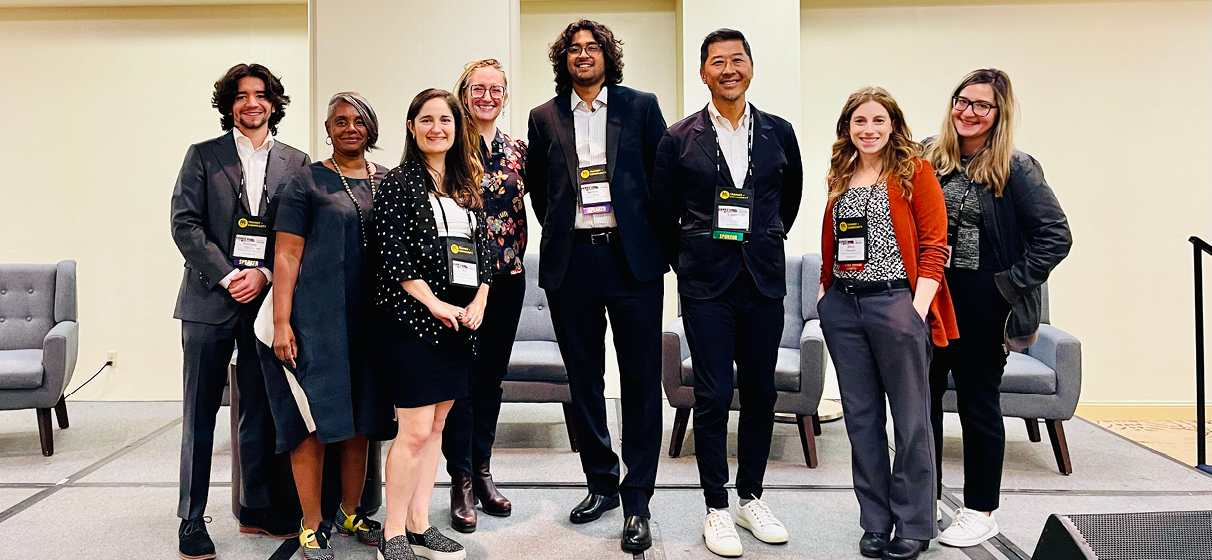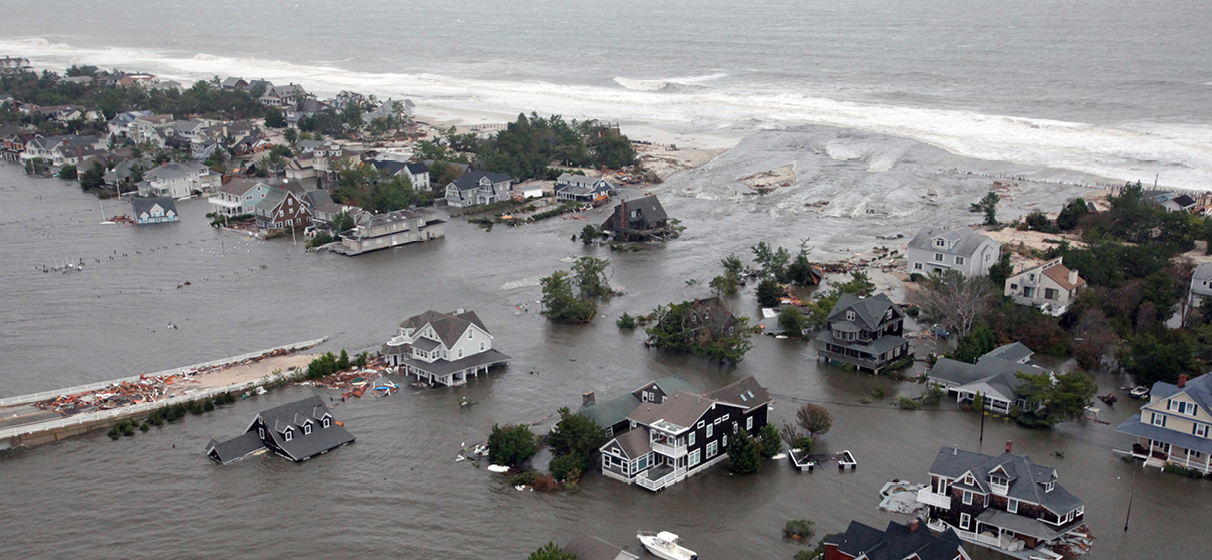The integration of both resilience and sustainability in transit infrastructure represents a fundamental shift in how agencies, stakeholders and consultants approach system design and optimization.
Traditionally, incorporating climate resilience into a program was seen as a defensive game: build higher flood walls, install more pumps and strengthen structures. While sustainability initiatives focused on reducing environmental impact through separate interventions like energy efficiency upgrades or greenhouse gas reductions.
STV’s team advocates shifting from this reactive defense to a proactive offense, strategically de-risking transportation investments by embedding adaptive capacity from the outset. By leveraging an integrated approach, it can potentially reduce operational risk, work in harmony with the environment and deliver substantial cost savings over an asset’s lifespan.
In this roundtable, STV’s Breanna Horne, CHMM, ENV SP, WEDG, WELL AP, national director of resilience, is joined by Thomas (Tom) Abdallah, PE, LEED AP, deputy vice president and chief environmental engineer for the Metropolitan Transportation Authority (MTA) New York City Transit. Together, they discuss how a major public agency and a consultancy firm can help reimagine infrastructure and create mutual benefits for the riding public and the community at large.
How have you applied sustainable practices to make infrastructure more resilient?
Breanna Horne: Sustainability and resilience both focus on system survivability. For our transportation projects, this means enabling reliable, safe, resource-efficient travel modes. Both concepts stem from understanding how our built and natural environments interact: resilience protects infrastructure from environmental threats, while sustainability protects the environment from our built systems. This networked perspective yields future-focused, data-informed design objectives. We apply this thinking by intervening early in project planning and design to mitigate environmental risks in both directions.
Tom Abdallah: Over the past two decades, we’ve seen a remarkable evolution in how transit systems approach sustainability and resilience. Current trends like electric buses, regenerative braking and energy storage are slowly but surely becoming standard practice, showing how sustainability and resilience can work hand in hand. A key tenet for resilience is diversifying the sources of power and having contingency in place. These alternate and diversified/modular power supplies are therefore both sustainable in their resource efficiency and circularity and contribute to making the system overall more resilient to disruption.
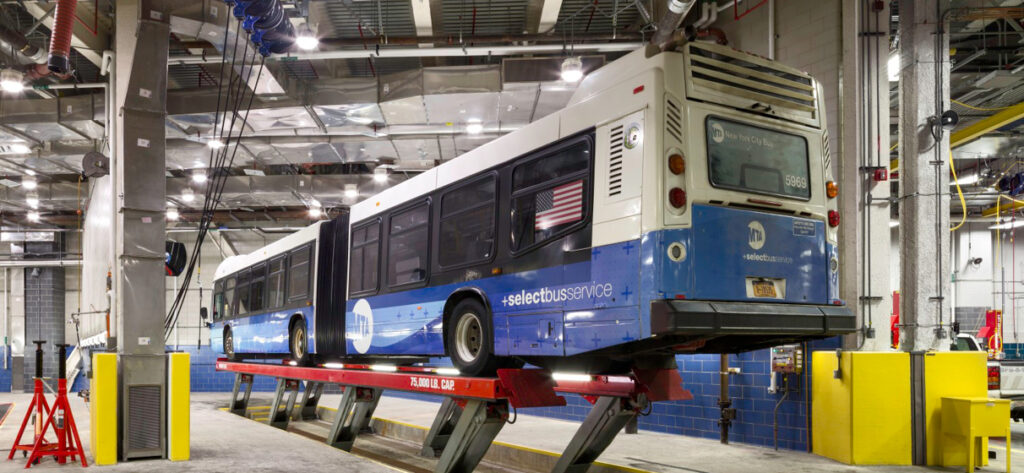
Can you share specific projects that demonstrate this integrated approach?
Tom Abdallah: One of the largest and most impactful projects that I have led in collaboration with STV was the design and delivery of a state-of-the-art bus depot that achieved U.S. Green Building Council Gold certification. The facility incorporated numerous sustainable features such as a green roof, rainwater collection system and a solar heating wall. Currently, with STV as lead designer, we are working together on another major facility expected to achieve LEED certification. This new depot will incorporate a range of sustainable features, including infrastructure to support electric bus charging.
Breanna Horne: In Greater Philadelphia, we completed a resilience assessment for a proposed light rail transit system. The project included a comprehensive, component-level analysis of climate hazard risks along the alignment, encompassing restored right-of-way, new passenger stations and operational support facilities. STV conducted more than 15 resilience workshops to identify core assets vulnerable to heat and flooding, then worked with designers to integrate resilient features. The mitigation measures meet state and local standards while exceeding code requirements to future-proof the alignment with industry best practices. This exemplifies how early resilience planning yields optimal solutions. For passenger stations, many heat mitigations included green infrastructure, passive ventilation and shading – solutions that are both resilient and sustainable.
How are traditional infrastructure elements being repurposed for resilience?
Tom Abdallah: Looking ahead, emerging climate adaptation technologies include green infrastructure and innovative flood control systems that repurpose basements and underground vaults for rainwater collection. On the sustainability front, advances in energy storage and improved battery technology promise to further transform transit systems.
Breanna Horne: Applying a “resilience lens” to our work reveals adaptive reuse opportunities for existing infrastructure. Across the United States, “resilience hubs” are emerging that augment community facilities to enhance disaster resilience. Similarly, some buildings are designed with flexibility, acknowledging that owners’ needs may shift with changes in purpose, function, climate or season. From a sustainability perspective, using existing infrastructure when practical is best practice. These adaptive reprogramming approaches create opportunities for innovation rather than building new structures.
How have sustainable design features contributed to overall system resilience?
Breanna Horne: Sustainable energy design elements offer significant co-benefits in terms of resilience. Solar power with battery storage provides backup during outages, keeping critical transit infrastructure operational. Energy-efficient lighting and mechanical systems reduce demand, improving reliability during peak loads and grid disruptions.
Tom Abdallah: Regenerative braking reduces energy requirements by capturing energy generated when trains slow down and returning it to the system’s third rail. Similar technology in hybrid and electric buses stores this recaptured energy in onboard batteries. Green roofs provide extra layers of insulation, absorb greenhouse gases and rainwater, and help purify air by capturing airborne particles, benefiting the environment in multiple ways.
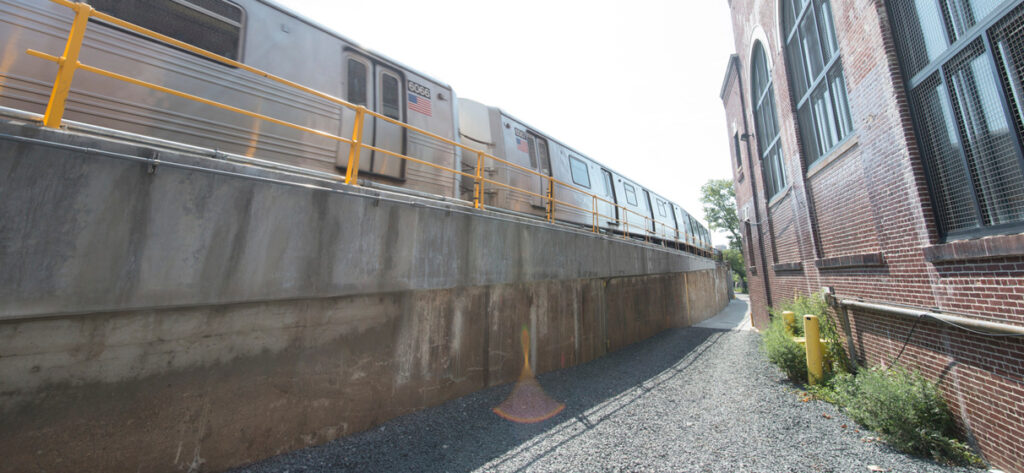
What are some of the biggest opportunities and barriers that are impacting adoption of these integrated approaches?
Breanna Horne: Resilient and sustainable strategies, technologies and materials often face the challenge of being “the first.” Piloting low-carbon concrete and analyzing scalability is paramount in this field. STV works with many legacy systems that have been in operation for over 100 years. Our team takes responsibility for education, piloting and providing proof of concept, vetting scalability and being brave enough to lead. After pioneering these approaches, we must pave the way through specification writing, policy and other mechanisms so others can follow.
Tom Abdallah: There are great opportunities in the mass transit industry to learn from each other at events sponsored by the American Public Transportation Association (APTA), the Transportation Research Board (TRB), the Construction Management Association of America (CMAA), etc. The mass transit industry has been at the front of the line in implementing sustainable solutions in its infrastructure, facilities and vehicles. This is a worldwide phenomenon. We can all learn from each other in implementing solutions. The biggest barrier is always funding. We must convince decision-makers that spending more money upfront will eventually lead to saving money in the future. To build support, you must be transparent about what you are doing. This requires extensive research, collaborative efforts and a willingness to try new things and attempt to change the culture.
What are some of the most effective strategies transit agencies can employ to make their systems more adaptable?
Tom Abdallah: Some solutions include installing flood walls, airtight station doors (similar to those on submarines), rainwater collection systems and mechanical closing devices designed to prevent water from coming into our system via street-level ventilation gratings. These retrofits allow existing infrastructure to adapt to changing climate conditions without requiring complete system redesigns. By implementing these resilience improvements to legacy systems, transit agencies can effectively respond to increasing flooding risks while maintaining operational continuity during extreme weather events. This retrofit approach represents a practical, cost-effective path to adaptability that works within the constraints of established urban transit networks.
Breanna Horne: We provided actionable recommendations about timing, sequencing and priorities while highlighting protection gaps. After Superstorm Sandy, flood resilience work focused mainly on coastal surge risk aka “flood from the side.” Now, after hurricanes Henri, Ida and other recent intense storms, our vulnerability to extreme rainfall is evident. We recommend that agencies first examine existing measures and policies that can be adapted to minimize stormwater risk before developing new solutions.
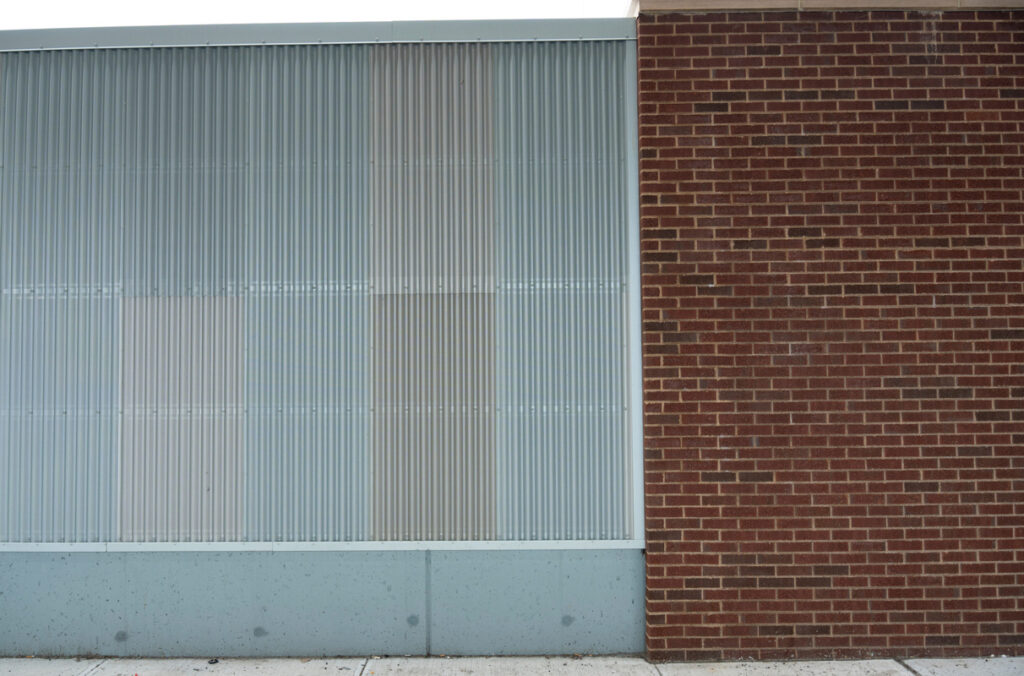
What has been your key focus when it comes to enhancing the resilience and sustainability of New York’s mass transit system?
Tom Abdallah: The key focus is always “State of Good Repair,” which is to have our infrastructure and major assets continuously run and perform as intended. From a resilience point of view, we always need to consider climate changes that may affect the system, including stormwater management and extreme heat. Sustainability is inherent in mass transit’s DNA – getting people out of cars and into multi-passenger vehicles to reduce pollution and greenhouse gases.
Breanna Horne: As agencies better understand their risk landscape, the focus has shifted from identifying vulnerabilities to strategically prioritizing resilience projects. Our team helps agencies navigate barriers to project adoption. We support decision-makers in evaluating projects based on risk reduction, equity, economic benefit, environmental impact and political feasibility. We partner to agencies to help them synchronize projects with capital planning timelines, balance project completeness against real estate constraints, assess community readiness and prepare for new maintenance requirements. Competing priorities further complicate decisions, including maintaining good repair, navigating federal funding uncertainties, aligning with asset management frameworks and coordinating with emergency management. For organizations like the MTA, the most efficient approach may be “institutionalizing” resilience by continuing to build on what Tom is championing and incorporating future conditions into standard business practices.
